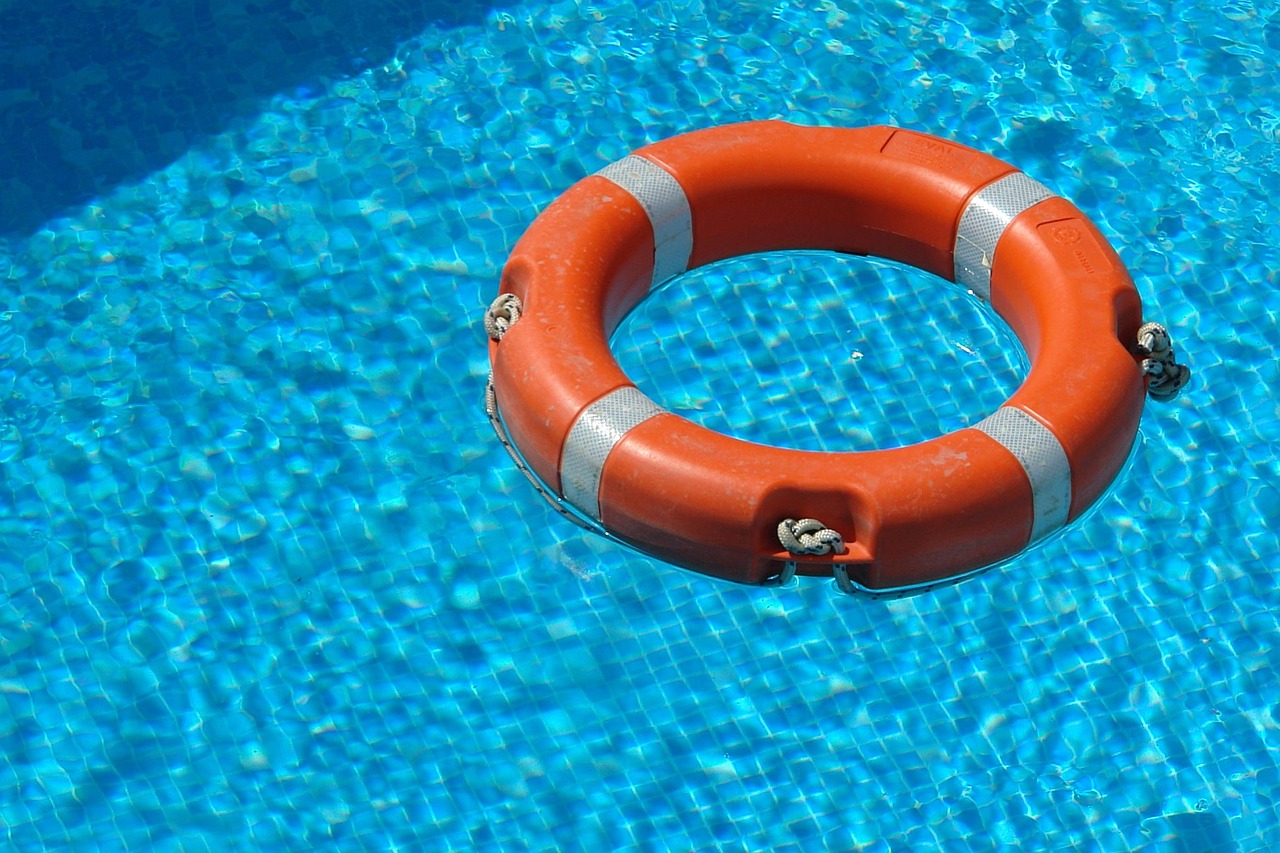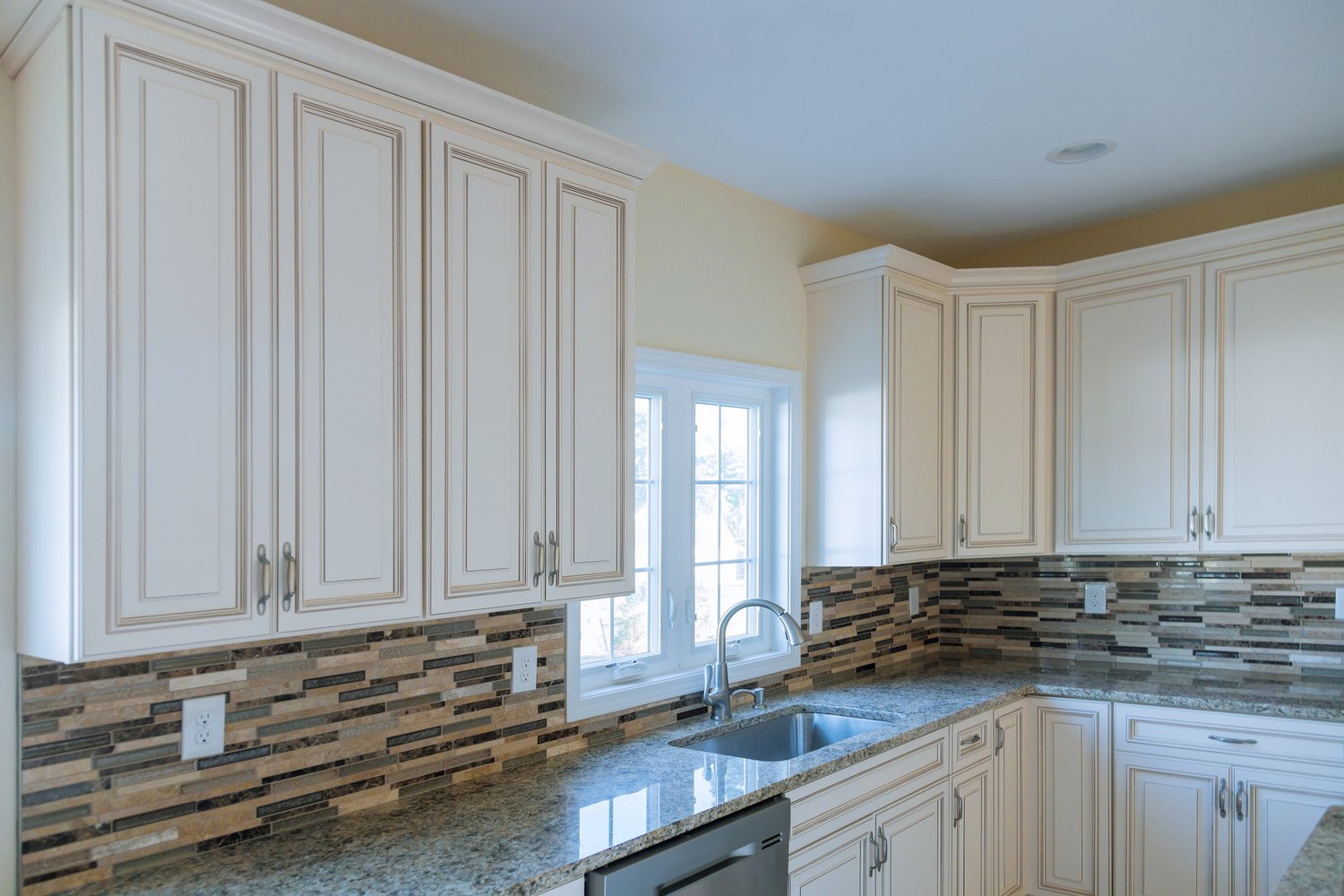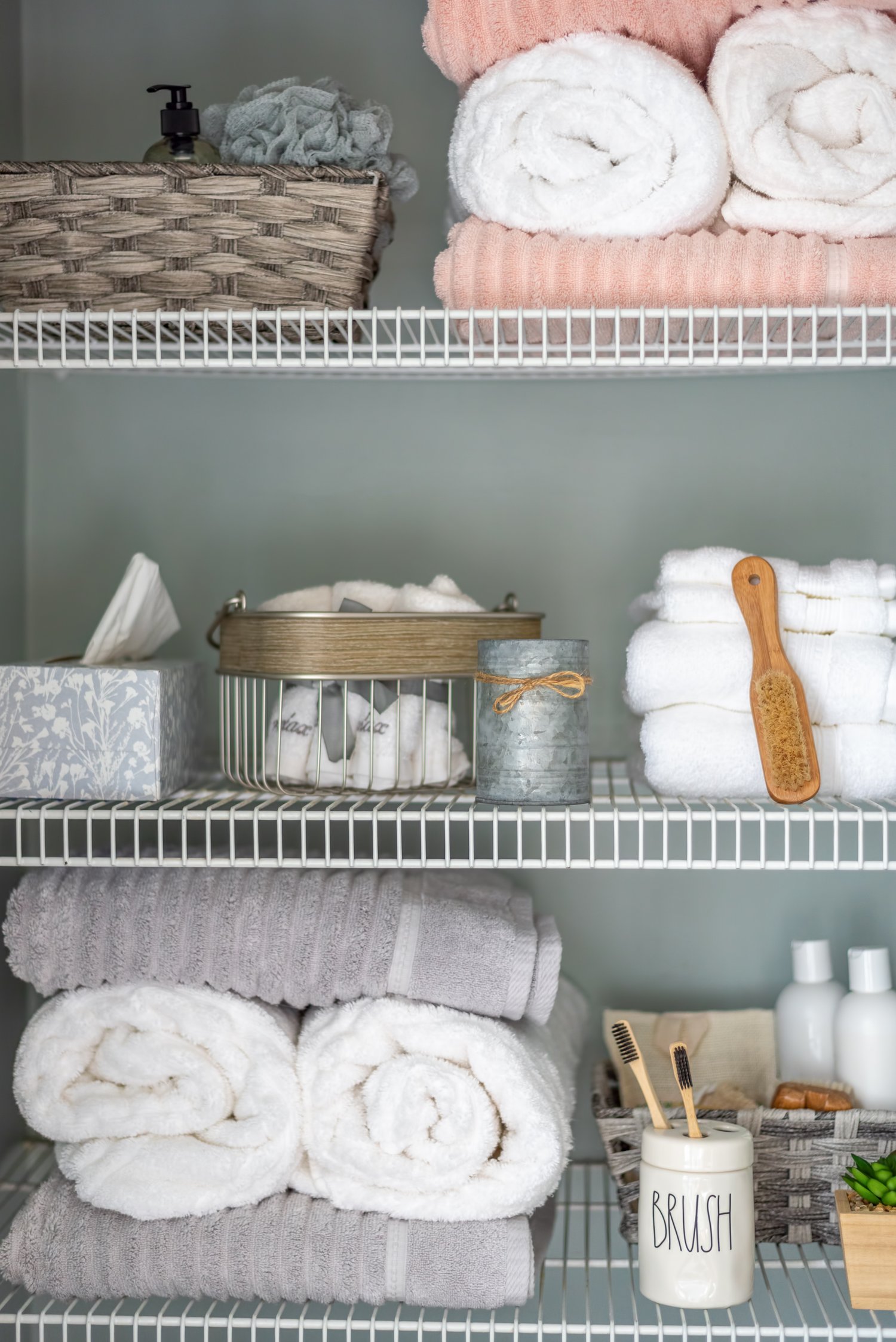Swimming pools provide relaxation and recreation for homeowners, but they also present significant safety concerns, particularly for households with children or pets. According to the Centers for Disease Control and Prevention, drowning ranks as the leading cause of unintentional death for children ages 1-4, with residential pools being a common location for these tragic accidents. Understanding and implementing comprehensive pool safety measures isn’t just advisable—it’s essential. This article explores the critical safety features every pool owner should consider, including fencing requirements, protective covers, and alarm systems that can help prevent accidents and comply with local regulations.
Understanding Pool Safety Fence Requirements Regulations
Pool safety fence requirements regulations vary by location, but most municipalities have adopted some form of barrier codes to prevent unauthorized access to residential swimming pools. Typically, local ordinances require fences to be at least 4 feet tall, though some jurisdictions mandate 5 or even 6 feet. These fences must be designed without footholds or handholds that would allow young children to climb over them. The gaps between vertical slats should not exceed 4 inches—small enough to prevent a child from squeezing through.
Gates incorporated into pool fences require special attention. They must be self-closing and self-latching, with the latch positioned at a height inaccessible to young children. Many codes specify that gates must open outward, away from the pool area, which provides an additional barrier should the latch mechanism fail. Some municipalities also require that the gate have a lock that can be secured when the pool is not in use.
Before installing a pool fence, homeowners should consult their local building department to understand specific requirements. Even in areas where regulations might be less stringent, following the guidelines established by organizations like the Consumer Product Safety Commission can help ensure optimal safety. According to safety experts at AskHomey, many homeowners find that exceeding minimum requirements provides additional peace of mind, especially those with young visitors.
Best Pool Safety Cover Types for Maximum Protection
When selecting among the best pool safety cover types, homeowners must consider both functionality and security. Automatic covers, while typically the most expensive option, offer superior protection by creating a solid barrier that can support the weight of a child or pet. These covers operate with the turn of a key or press of a button and can be programmed to close automatically after periods of inactivity.
Mesh safety covers provide another effective option at a more moderate price point. These covers allow rainwater to pass through while keeping debris out of the pool. High-quality mesh covers can support substantial weight and are typically anchored to the pool deck with straps and springs that require a tool for removal, making them difficult for children to dislodge.
Solid safety covers offer similar protection to mesh versions but don’t allow water to filter through. This feature prevents debris from entering the pool water but necessitates the use of a cover pump to remove accumulated rainwater. Without proper drainage, water accumulation on solid covers could potentially create a drowning hazard of its own.
Winter covers, while effective for keeping debris out during off-seasons, generally don’t qualify as safety covers because they aren’t designed to support weight. Homeowners looking for year-round protection should invest in covers specifically labeled and tested as safety equipment that meets ASTM International standards.
Pool Alarm Systems Options for Enhanced Safety
Pool alarm systems options have expanded considerably in recent years, offering multiple layers of protection that can alert homeowners to potential danger. Surface wave sensors float on the pool’s surface and trigger an alarm when waves exceed predetermined thresholds, indicating that something or someone has fallen into the water. These systems must be temporarily deactivated during swimming and reactivated afterward, requiring consistent user discipline.
Subsurface disturbance sensors mount below the waterline and detect pressure changes throughout the entire pool. These systems can differentiate between environmental factors like wind and rain versus actual immersion events, reducing false alarms while providing comprehensive coverage.
Perimeter alarms establish invisible barriers around the pool area, sounding when the beam is broken. These systems work well as a first line of defense but must be carefully calibrated to avoid false alarms from small animals or blowing debris. More sophisticated versions use infrared technology or pressure-sensitive pads placed around the pool deck.
Wearable alarms have become increasingly popular, particularly for households with young children. These devices attach to a child’s wrist and trigger an alarm if submerged in water. Some models can be linked to smart home systems, sending alerts to multiple devices when activated.
Gate and door alarms represent another critical component in a comprehensive safety system, alerting homeowners when access points to the pool area are opened. Many jurisdictions specifically require these alarms on doors leading directly from the house to the pool area.
For maximum protection, safety experts recommend implementing multiple alarm systems rather than relying on a single solution. The layered approach ensures that if one system fails or is accidentally deactivated, others remain operational to provide crucial warnings.
For more tips and to connect with reliable home service professionals, follow AskHomey on Facebook and Instagram.



